The conference opened with an exhilarating devotional period prepared by ten Saramaka youth from French Guiana. The sound of drums, maracas, and claps filled the air as other participants from Guyana, Suriname, and Trinidad and Tobago joyfully sang along. The energetic youth on stage had journeyed for two days to arrive at the conference, but they were not the only ones. Many of those who joined them in their chants had travelled on flooded roads and rough terrains through the rainforest in order to reach the much anticipated conference. The time had finally come for more than 300 youth to gather in the auditorium of the School of the Nations in Georgetown, Guyana, on the east bank of the Demerara River, to discuss how they could direct their talents and abilities toward assisting their families, neighbours, and co-workers to build united communities.
When discussing in her group the role of the younger generations in society and analyzing the high purpose that shapes the individual and collective actions of youth, one of the participants from Trinidad explained that she had often been anxious to share her ideas about service to the community with her friends, for fear of what they might think if she chose to live a life with a different set of values. During the conference she realized that, like her, many other youth in her country are looking for ways to contribute to the betterment of their communities. She said: “We need to go out there and share our experiences with other youth, so that they too can be aware of the importance of this period and the need to walk on a path of service.” Another youth from Guyana said: “When I helped someone, I usually thought about how I could benefit. If I couldn’t get something in return, I wouldn’t help.” She then went on to explain how the study of conference material had assisted her to change the way she sees her role in the community and to gain a better understanding of why selfless service is an integral part of the life of any youth who wishes to contribute to the betterment of his or her environment.
“We need to go out there and share our experiences with other youth, so that they too can be aware of importance of this period and the need to walk on a path of service.”
A participant at the conference
A 16-year-old youth from Georgetown explained to her peers that during the first two days of the conference she had struggled to convince her parents to let her attend. On the night of the second day, she decided to share with her mother the material she had been studying, and explained that she had been thinking of ways to assist her community along with her new friends. So pleased was her mother to hear about the discussions taking place at the conference that she encouraged her daughter to attend on the third day.
On the second night of the conference, the participants viewed segments of the film Frontiers of Learning, depicting communities in which the Bahá'ís and their friends have been making efforts to establish an educational process that seeks to develop capacity in children, youth, and adults to serve their communities. After the film, one of the participants from French Guiana expressed how happy he was to see that individuals in a community in India, with a culture similar to his own, were able to overcome various forms of discrimination by working with different segments of the community, particularly younger youth.
During the evenings, songs, skits, poetry, and dances, all inspired by the discussions held throughout the day, were presented by the groups. On the last night, the friends from Trinidad presented a song entitled “Vibes”, which integrated soca and calypso rhythms, and spoke of the role of the youth in creating a positive atmosphere in their communities. The stage overflowed with performers as the audience clapped and sang along.
MORE HIGHLIGHTS:
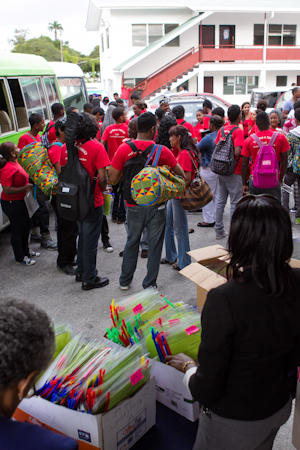
The bright colours of arriving friends matched the joyful atmosphere
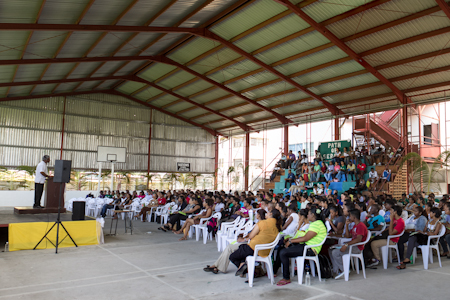
Everyone gathered in the auditorium for one of the plenary sessions
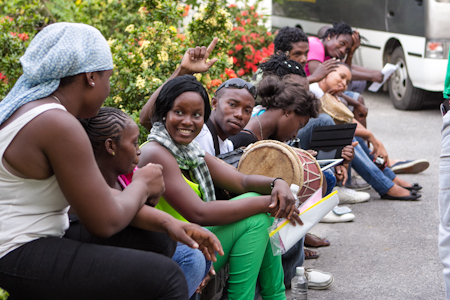
Participants rest during one of the breaks
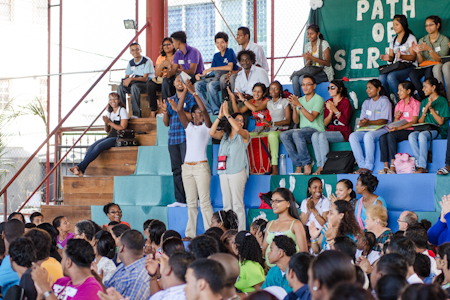
Those gathered often joined their voices in song
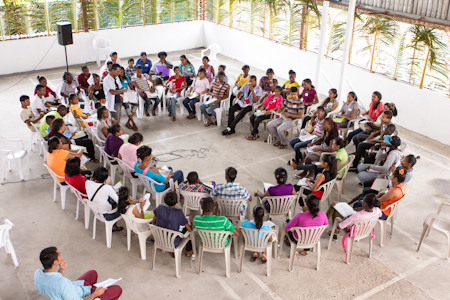
Small group sessions included consulting on continuing efforts to better their communities
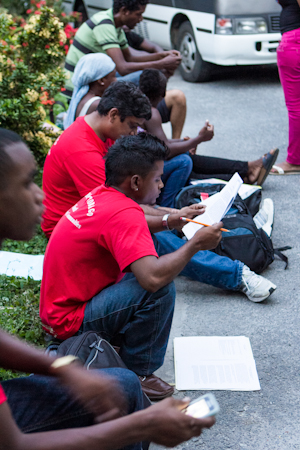
The conference materials stimulated thoughtful reflection
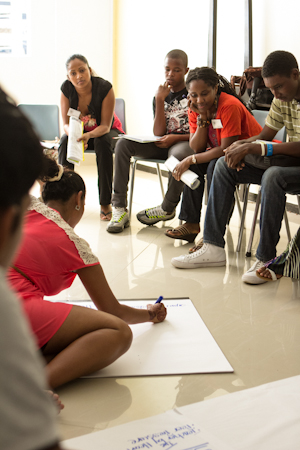
Youth used a variety of methods to express what they were learning from the sessions
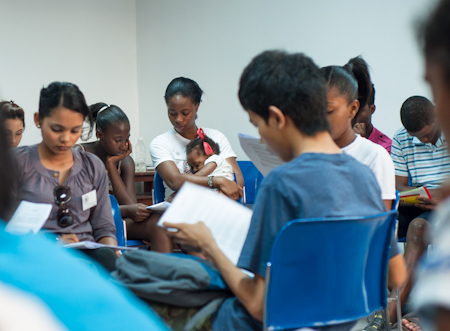
Participants reflected on themes such as developing capacity for true friendship
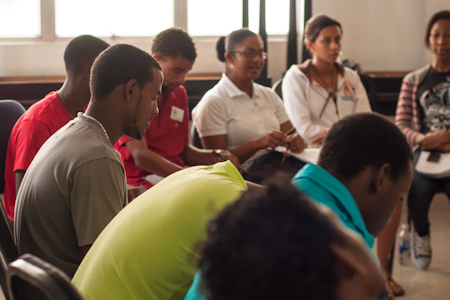
Groups shared insights about the contribution youth could make to the progress of their communities
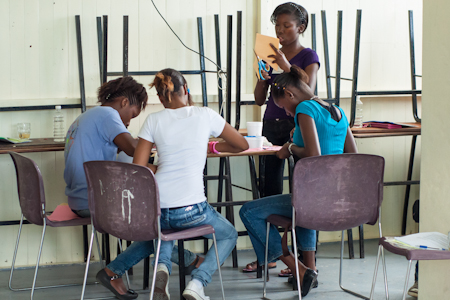
A group of youth collaborates on an artistic activity
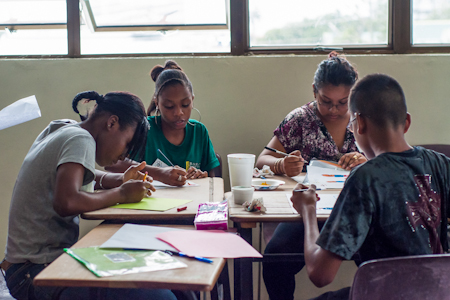
Participants reading a section of the materials in their group
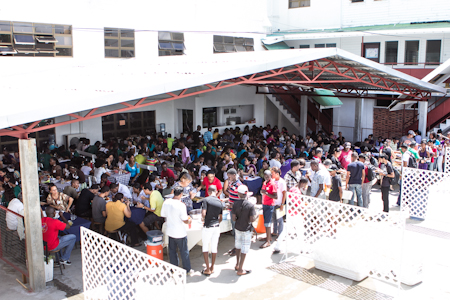
Youth shared meals and fellowship together
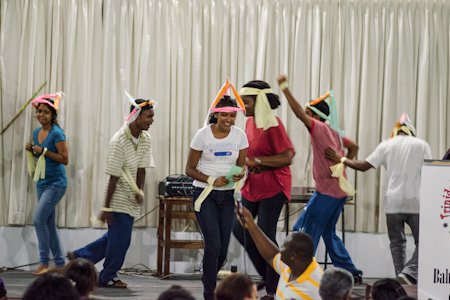
Arts such as dance expressed understanding as well as growing bonds of friendship

Drumming and singing often filled the hall